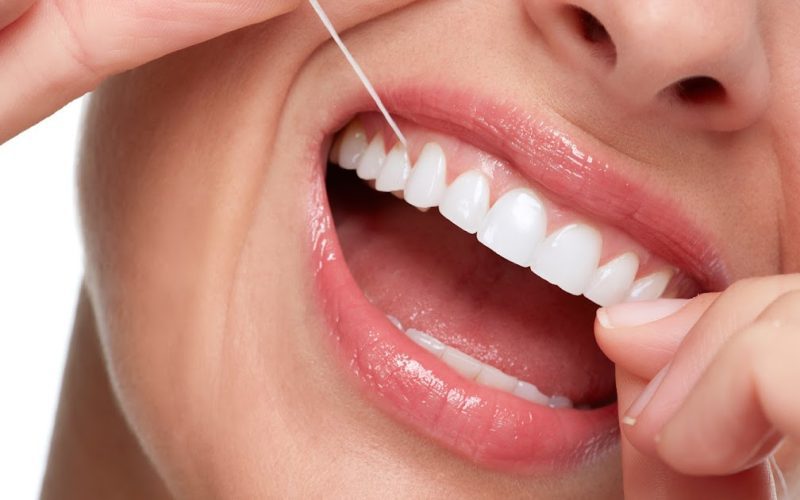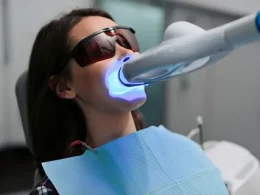Introduction:
Dental Plaque Affects, a ubiquitous oral concern, demands a closer look at its nuances. This comprehensive guide delves into the intricacies of dental plaque, from its formation to potential complications, and provides insights into effective prevention and treatment methods.
Overview: Grasping the Essence of Dental Plaque
Dental plaque, an amalgamation of bacteria, food particles, and saliva, forms a sticky film on teeth. While its presence is normal, the failure to address it through routine dental care can pave the way for various oral health issues.
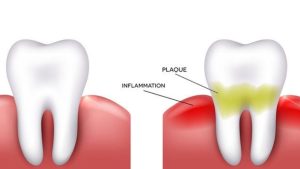
Tooth Plaque Composition
- Bacterial Presence: Plaque primarily consists of bacteria.
- Food and Saliva: It incorporates leftover food particles and saliva.
- Formation Process: Bacteria feed on sugars and carbohydrates, resulting in the creation of a sticky, acidic film known as dental plaque. Despite being technically colorless, it may cause tooth discoloration.
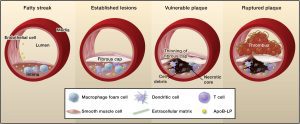
Tartar vs. Plaque
A comparative table highlights the differences between plaque and its hardened form, tartar.
| Characteristic | Plaque | Tartar (Dental Calculus) |
|---|---|---|
| Formation | Sticky film | Hardened deposits |
| Removal | Brushing, flossing | Dental professional only |
| Appearance | Colorless | Off-white or yellow |
Symptoms of Dental Plaque
Common dental plaque symptoms manifest in various ways:
- Fuzzy Teeth Sensation: Teeth may feel ‘fuzzy’ to the touch.
- Persistent Bad Breath: Halitosis that lingers.
- Bleeding Gums: Gums may bleed during or after brushing.
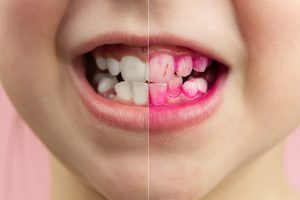
Causes of Tooth Plaque
Plaque on teeth is a consequence of bacteria in the mouth interacting with sugary or starchy foods, such as milk, juice, soft drinks, bread, pasta, and fruit. The ensuing release of acids breaks down carbohydrates, forming the sticky, colorless film termed plaque.
Complications of Dental Plaque
Without diligent oral care, dental plaque transforms into tartar, leading to severe complications:
- Cavities: Resulting from prolonged plaque presence.
- Gum Diseases: Including gingivitis and other forms.
- Tooth Infections: Potentially causing an abscessed tooth.
- Tooth Loss: An extreme consequence of neglected plaque management.

Diagnosis and Tests
Schedule a dental appointment if you experience fuzzy teeth or suspect Plaque Affects accumulation. Dentists conduct thorough examinations to confirm plaque presence and recommend appropriate treatments.
Management and Treatment
- Professional Removal: Dentists use specialized instruments to remove Plaque Affects and tartar during checkups.
- Additional Treatments: Recommendations may include dental sealants, dry mouth remedies, fluoride applications, and prescribed oral care products.
Prevention Strategies:
Effective prevention involves adopting proactive measures:
- Regular Dental Visits: Scheduled cleanings at least twice a year.
- Daily Flossing: Essential for removing food and plaque between teeth.
- Twice-Daily Brushing: A two-minute routine with fluoride toothpaste.
- Sugarless Gum: Chewing approved gum when unable to brush.
- Healthy Food Choices: Reducing sugary and starchy foods.
- Mouthwash Use: Incorporating antiseptic mouthwash into daily oral hygiene.

Outlook / Prognosis
The ramifications of untreated plaque can be severe. Treatments For Other Health Problems Regular dental cleanings and daily oral care significantly reduce the risk of cavities, gum diseases, and other potential issues associated with plaque buildup.
Living With Dental Plaque
Individuals are advised to adhere to a personalized dental checkup schedule. Any emerging concerns between appointments should prompt immediate attention to address potential changes in oral health.
Summary
In summary, delving into the complexities of dental plaque equips individuals with the knowledge to safeguard their oral health. By understanding the symptoms, causes, and effective prevention and treatment methods, one can embark on a journey towards a vibrant and healthy smile.






